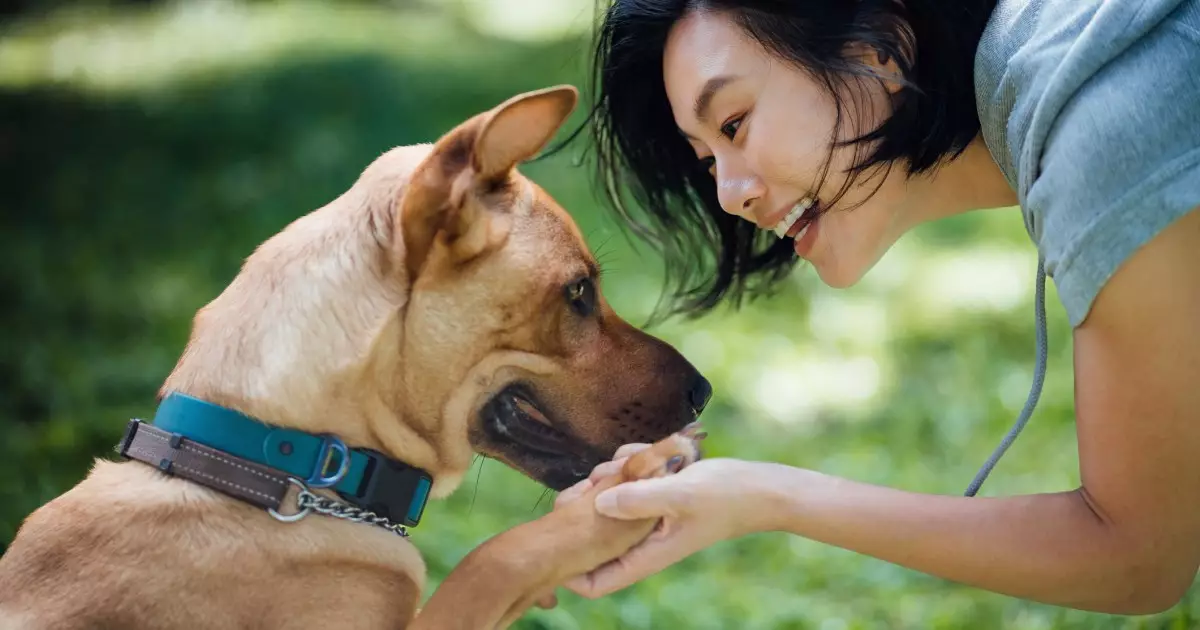When engaging in dog training, the experience should symbolize much more than mere obedience drills; it should be a joyful journey shared between you and your canine companion. By shifting the focus of training sessions from a monotonous chore to an enjoyable activity, you can foster a deeper connection with your dog. Dogs thrive on interaction, and when they perceive training as a fun and rewarding experience, their enthusiasm increases significantly. It’s essential to adopt a playful mindset, wherein the energy of each session is filled with positivity, which will naturally encourage your dog to participate willingly.
One critical aspect of effective dog training is finding the right motivational tools—namely, treats. Often, the value of the rewards you offer can directly influence your dog’s eagerness to learn. Consider upgrading the treats you use; instead of dry biscuits that lose their appeal, try offering moist, enticing morsels that your dog loves. Keep in mind that training need not rely solely on food rewards; varying your approach with toys and additional playtime as incentives can equally result in a more engaged and excited pet. The ultimate goal should be to transform these training sessions into game-like scenarios, fostering a sense of adventure and accomplishment.
Understanding your dog’s emotional state can be instrumental in making training enjoyable. If your dog displays signs of distress or boredom, this can lead to them seeking distraction elsewhere, translating into a lack of focus on training. Just as you may have off days, dogs can also pick up on your emotions. If you feel frustrated or tense, it may be wise to delay training until a more positive mindset is achieved. Remember, the atmosphere you create during training sessions serves as an invitation to your dog to join in happy anticipation, forging a more robust bond between the two of you.
The setting of your training sessions can significantly impact your dog’s willingness to engage. Outdoor environments, while enjoyable, often come with a myriad of distractions—from fascinating scents to intriguing sights. Starting training indoors, away from distractions, can yield a more focused and productive session. If your dog continues to wander despite a controlled setting, consider using a leash to maintain attention. Ensuring that your furry friend is enjoying the process is vital, as this enjoyment leads to greater compliance in learning commands and behaviors.
Conclusively, dog training does not need to be a drag for either party involved. By incorporating fun through engaging rewards, maintaining an enjoyable atmosphere, and managing distractions effectively, you can transform these sessions into delightful bonding experiences. The investment of time and effort in creating a playful environment not only enhances your dog’s learning but cultivates an unbreakable bond that will last throughout your lives together. So, gather those high-value treats, incorporate their favorite toys, and embark on this enriching journey of learning, laughter, and love!

